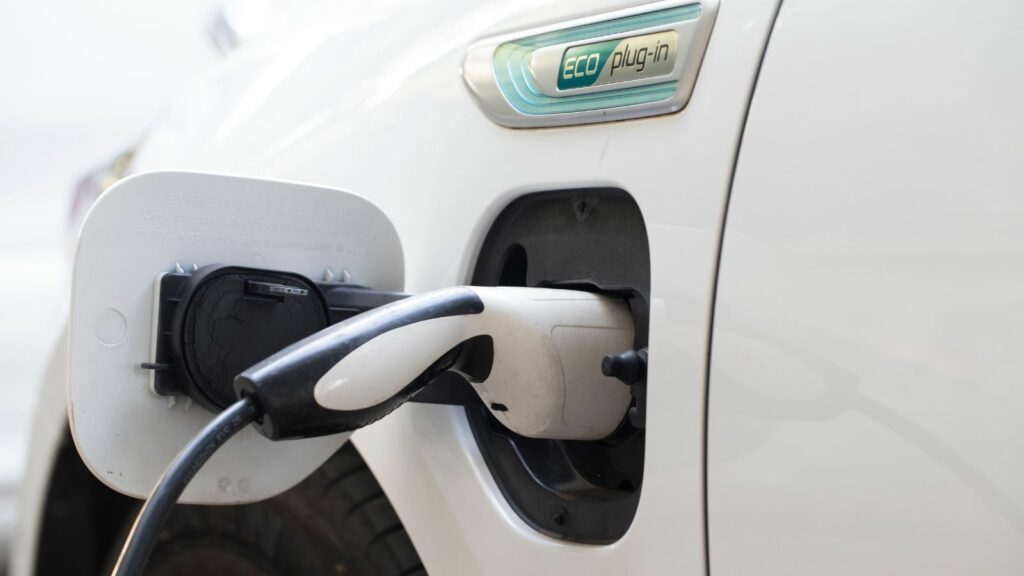Electric vehicles and hybrids are often pitched as the perfect answer to high gas prices and environmental concerns. Advertisements focus on sleek designs, green credentials, and modern tech, but they rarely highlight the compromises. In the real world, especially across Canada where distances are long and winters are harsh, these vehicles come with trade-offs that aren’t always obvious at first. Expanded with more detail, context, and real-world insight, here are 10 downsides to EVs and 10 downsides to hybrids that rarely make the sales brochure.
The Downsides to EVs: Limited Range in Real-World Conditions

Range claims from manufacturers are based on ideal lab testing. In reality, Canadian drivers often see much less. Freezing temperatures can drain batteries quickly, while blasting the heat or climbing steep hills eats into the numbers even further. A car that claims 400 kilometers of range may only manage 250–300 when winter takes hold.
Charging Infrastructure Gaps
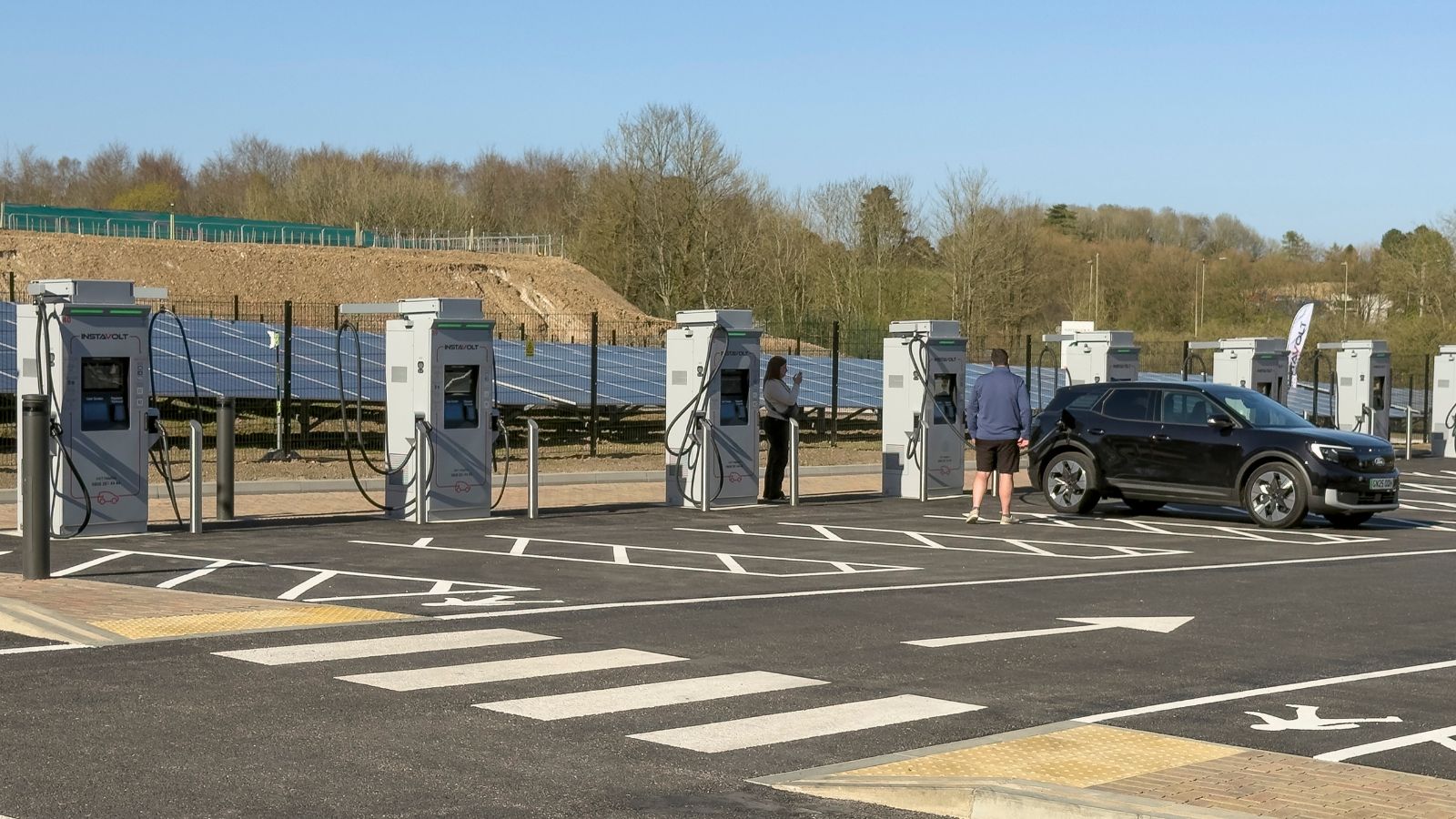
Charging networks are expanding, but large stretches of Canada remain underserved. In cities like Toronto or Vancouver, fast chargers are common, but drive into northern Ontario or across the Prairies and you’ll quickly notice the gaps. Long-distance road trips often require detailed planning just to ensure you can make it from one charger to the next.
Long Charging Times

Even with rapid chargers, an EV usually needs 20–40 minutes to get a decent top-up. On a standard home outlet, the process can take over 12 hours. That’s fine for overnight charging in a garage, but for people who are used to filling a tank in five minutes, the wait feels like a major inconvenience.
Battery Degradation

Every battery loses capacity over time. After several years, the maximum range drops noticeably. A car that once managed 400 kilometers may struggle to get 300. Replacing a pack can cost tens of thousands, making long-term ownership a gamble unless warranties cover the drop.
High Purchase Price

Even with government rebates, EVs often cost significantly more than a gas-powered equivalent. The price of batteries remains high, and although running costs are lower, the initial sticker shock can keep many Canadians out of the market entirely.
Towing and Heavy Loads Kill Range
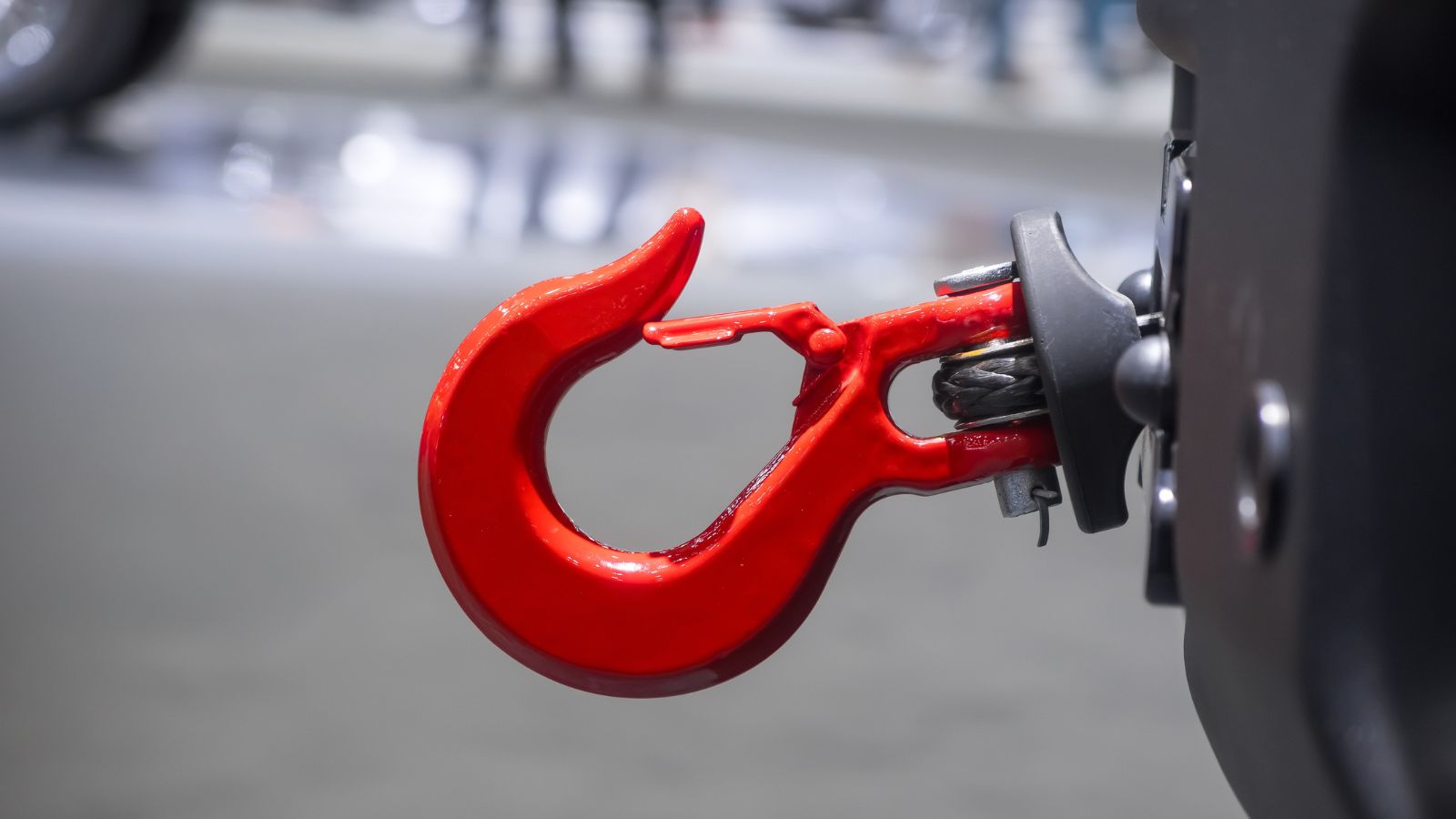
EVs technically can tow, but the moment you hook up a trailer, the range collapses. A vehicle capable of 400 kilometers may suddenly only do half of that. For Canadians used to towing campers, boats, or snowmobiles, that can make EVs far less practical than trucks or SUVs with gas engines.
Winter Heating Challenges
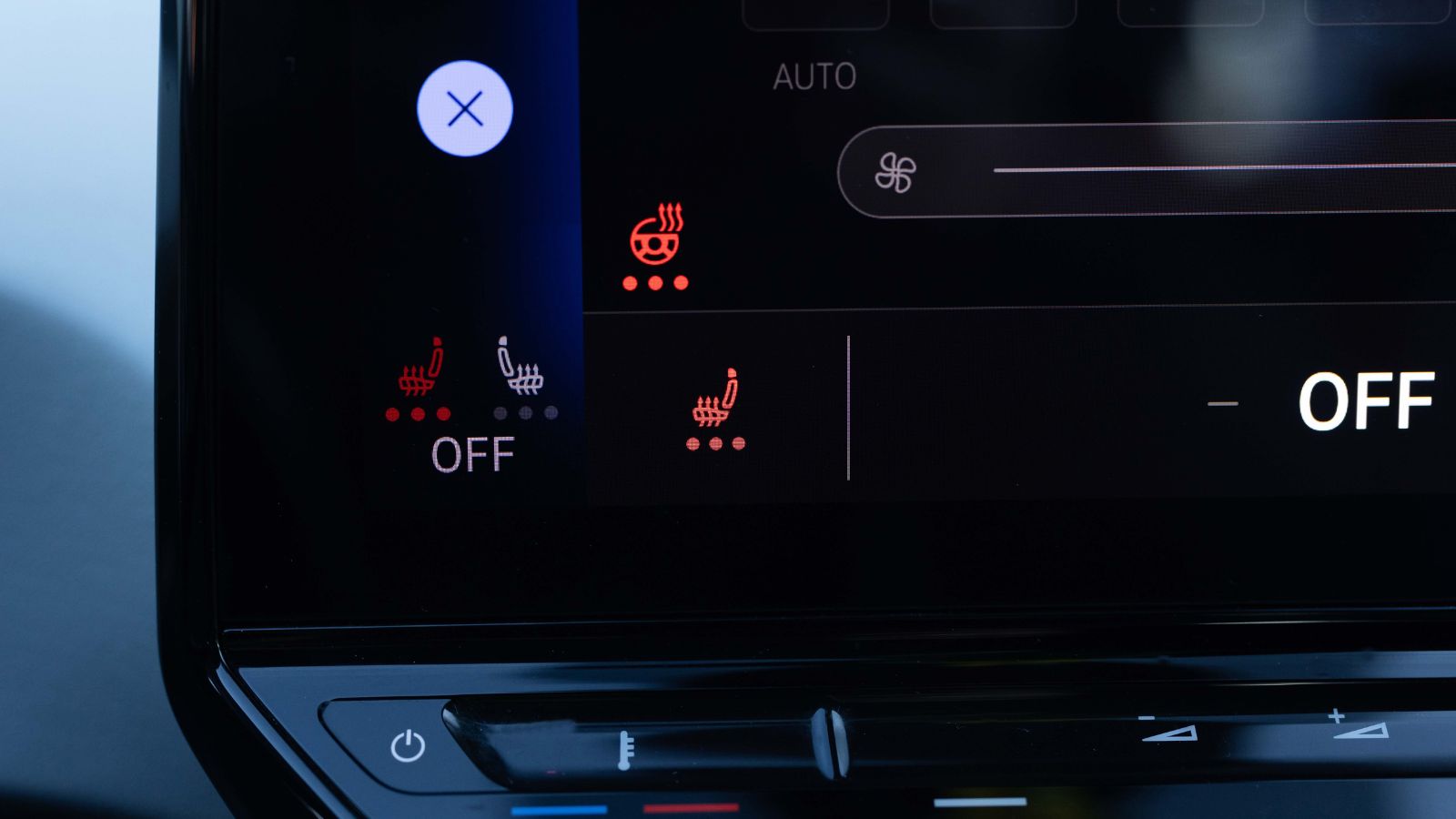
Unlike gas cars, EVs can’t use engine heat to warm the cabin. Instead, they rely on electric heaters, which pull directly from the battery. In sub-zero conditions, just keeping warm can shave significant kilometers off the available range.
Limited Used Market and Resale Value Questions

Because EVs are still relatively new, the used market is thin. Buyers are often nervous about long-term reliability and battery health, which can make resale values unpredictable. Some EVs depreciate faster than expected, especially when new models with longer ranges arrive.
Repair Costs and Parts Availability
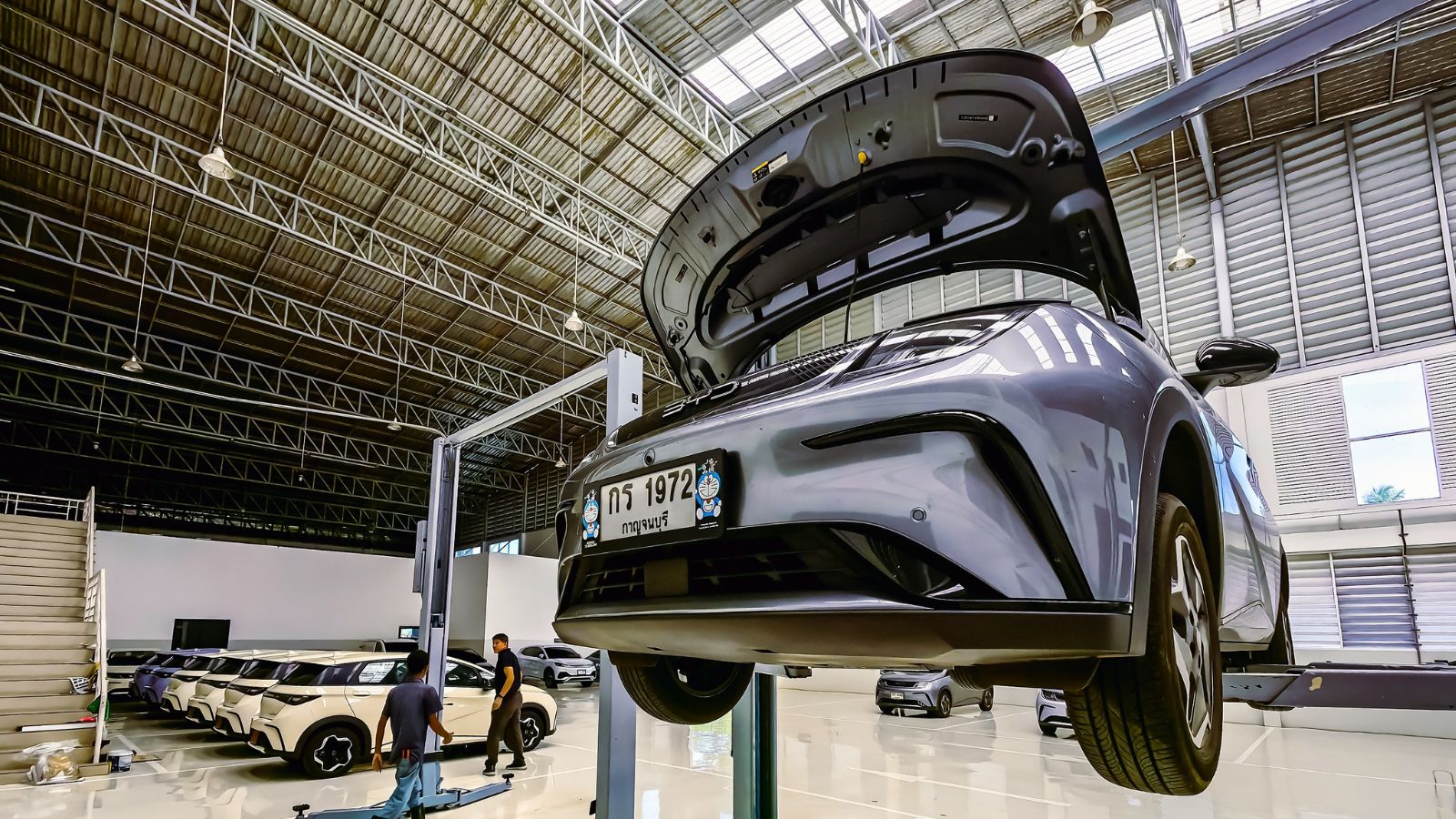
While EVs have fewer moving parts, when something does go wrong, repairs can be expensive. Specialized training is needed for technicians, and parts often take longer to source. In smaller Canadian towns, finding a shop that can work on an EV may be impossible without a trip to a major city.
Charging Access for Apartment Dwellers
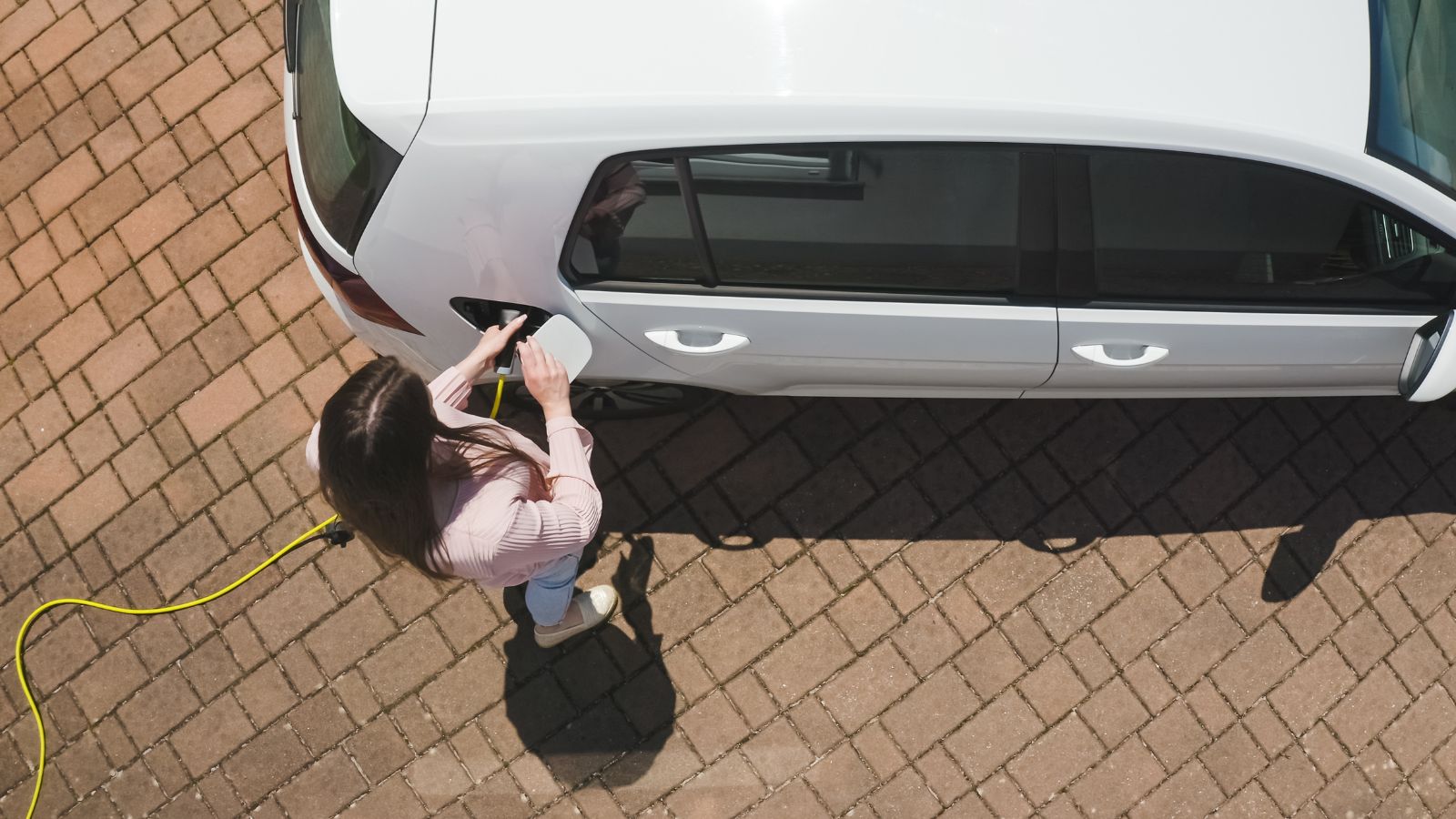
Many Canadians live in condos or apartments without access to a private charger. Installing one isn’t always possible, and relying solely on public stations can be inconvenient and costly. For city dwellers without dedicated parking, EV ownership becomes more of a hassle than a convenience.
The Downsides to Hybrids: Still Dependent on Gas
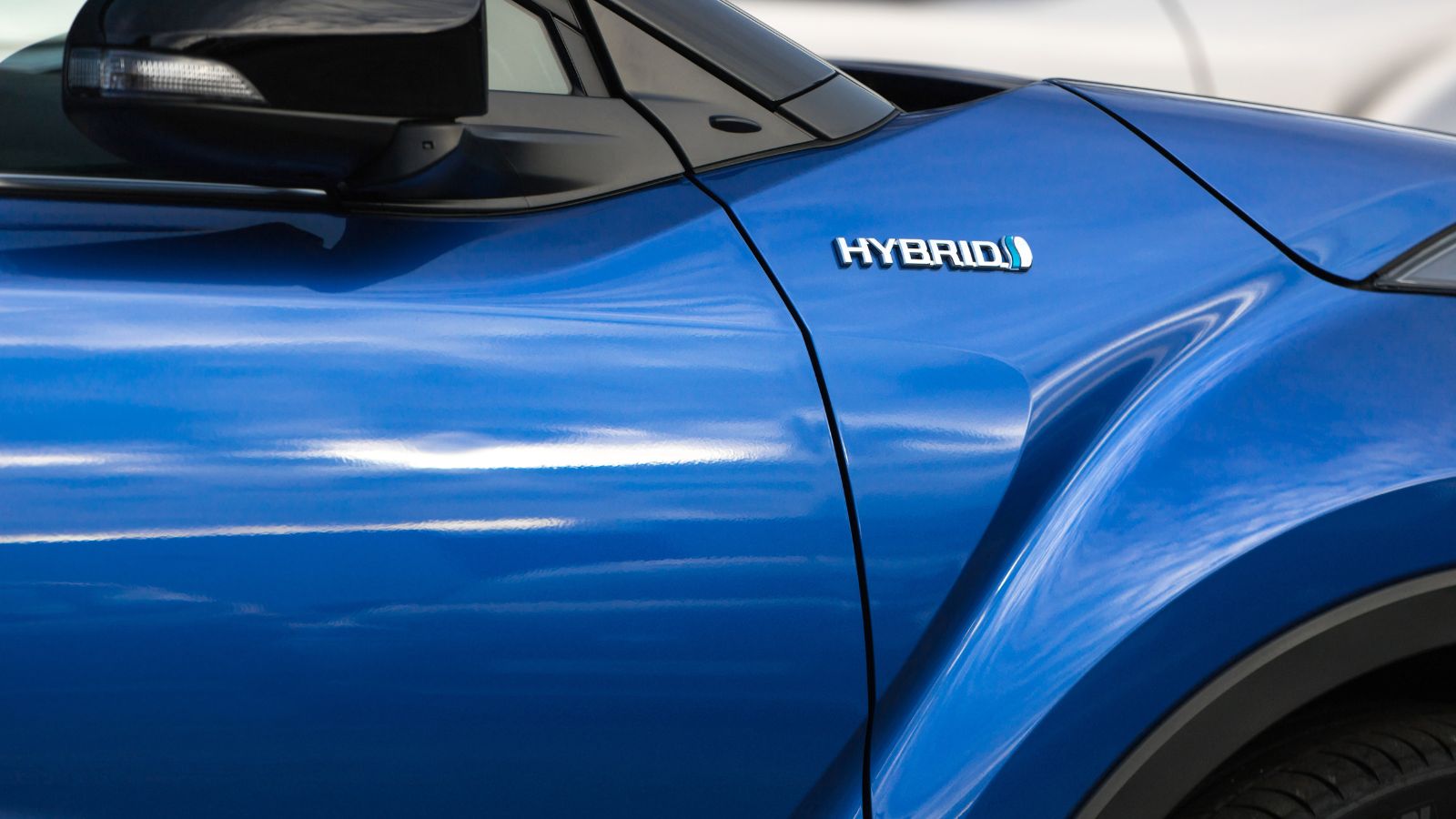
Hybrids reduce fuel use but don’t eliminate it. A long highway drive in Canada will still rely mostly on the gas engine, so while you’ll save some money at the pump, you’re still tied to fluctuating fuel prices.
Small Batteries, Small Benefits
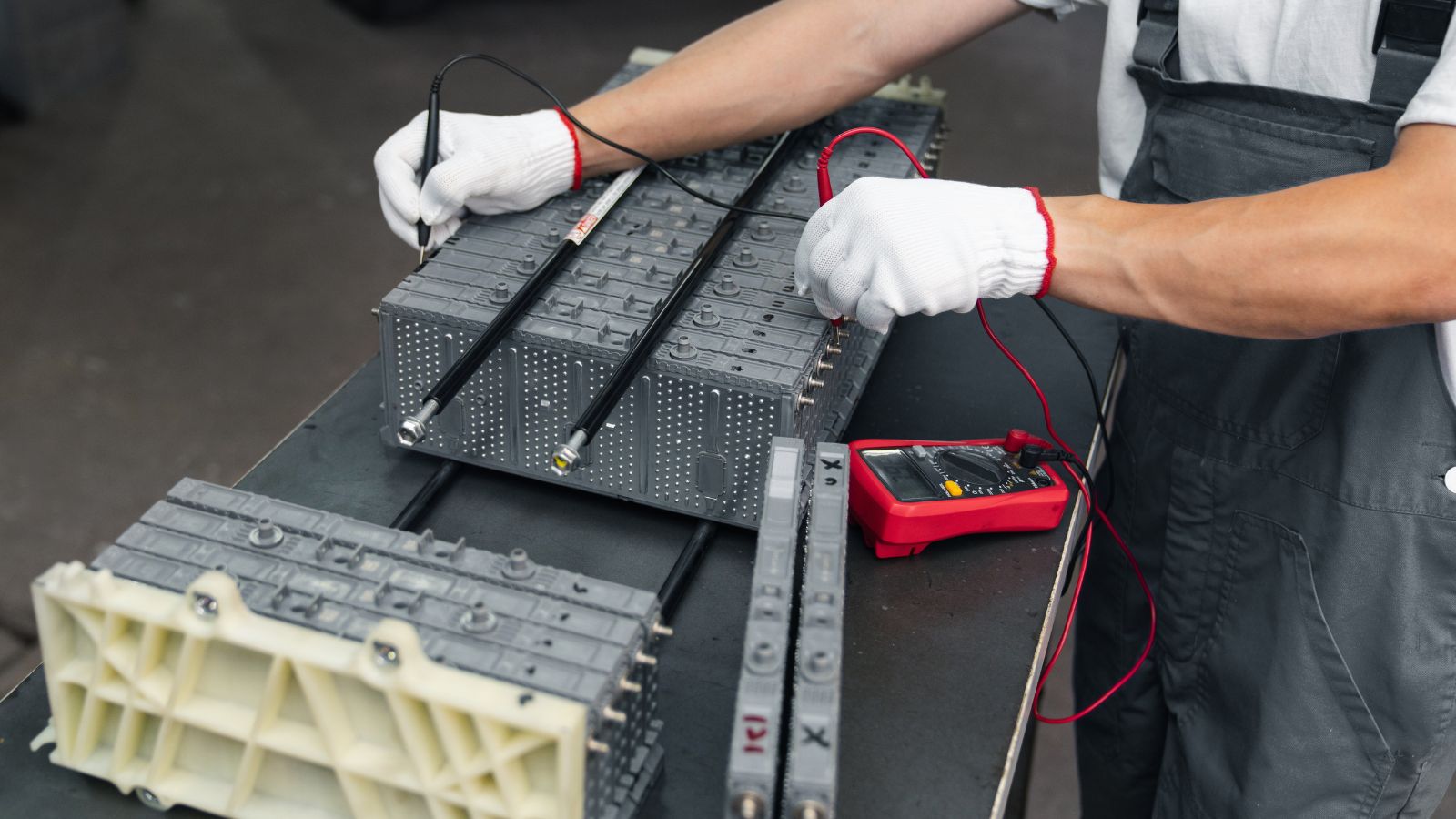
Unlike plug-in hybrids or full EVs, traditional hybrids have small batteries that only power the car for short bursts. In many cases, the electric-only range is just a few kilometers, leaving buyers disappointed when they realize it’s not much different than a fuel-efficient gas car.
Maintenance Is More Complex
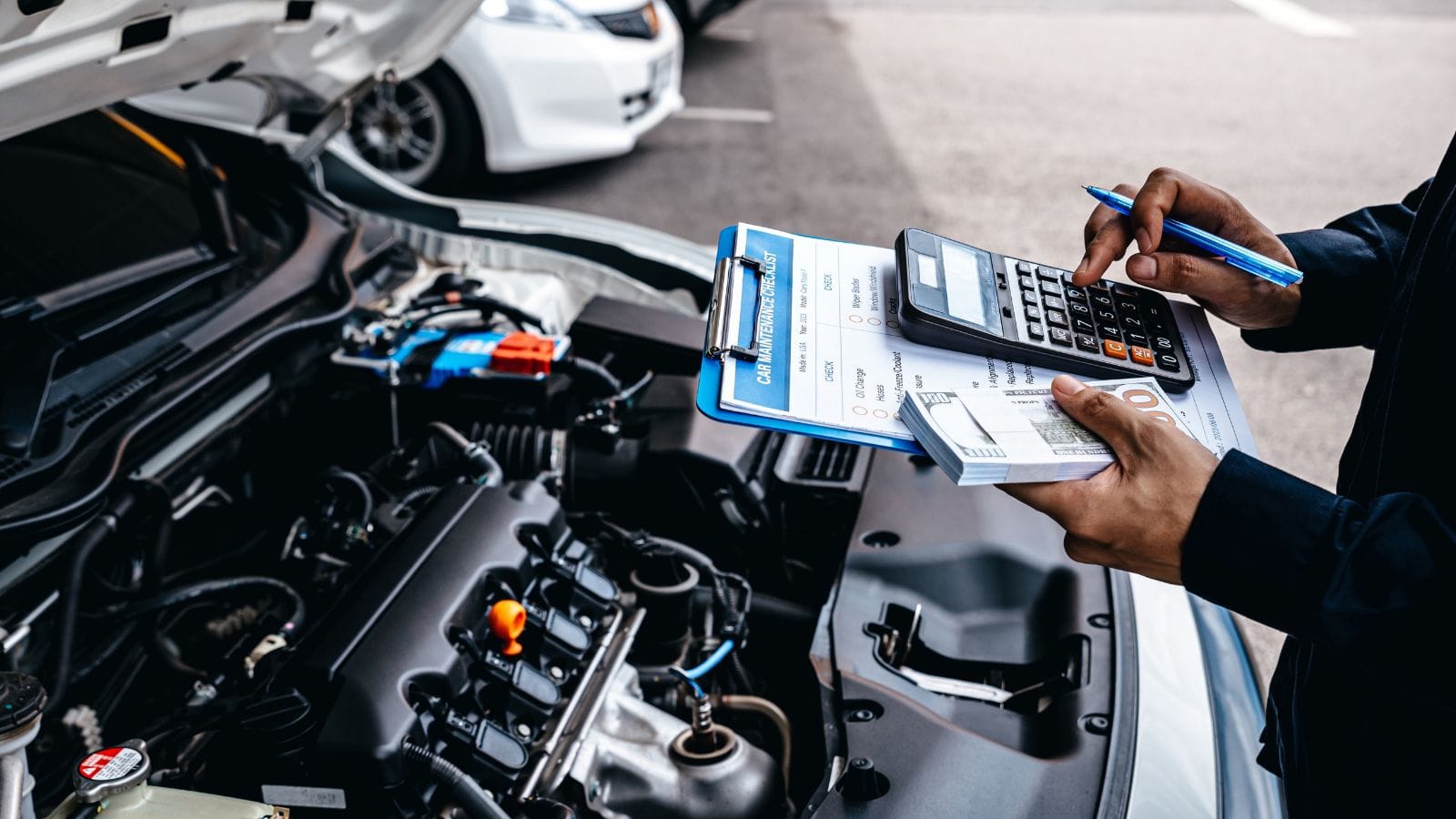
Hybrids combine two drivetrains in one. That means a gas engine to maintain and an electric system to manage. When repairs are needed, they can be more complicated and expensive than with a traditional vehicle, particularly once warranties expire.
Higher Purchase Price
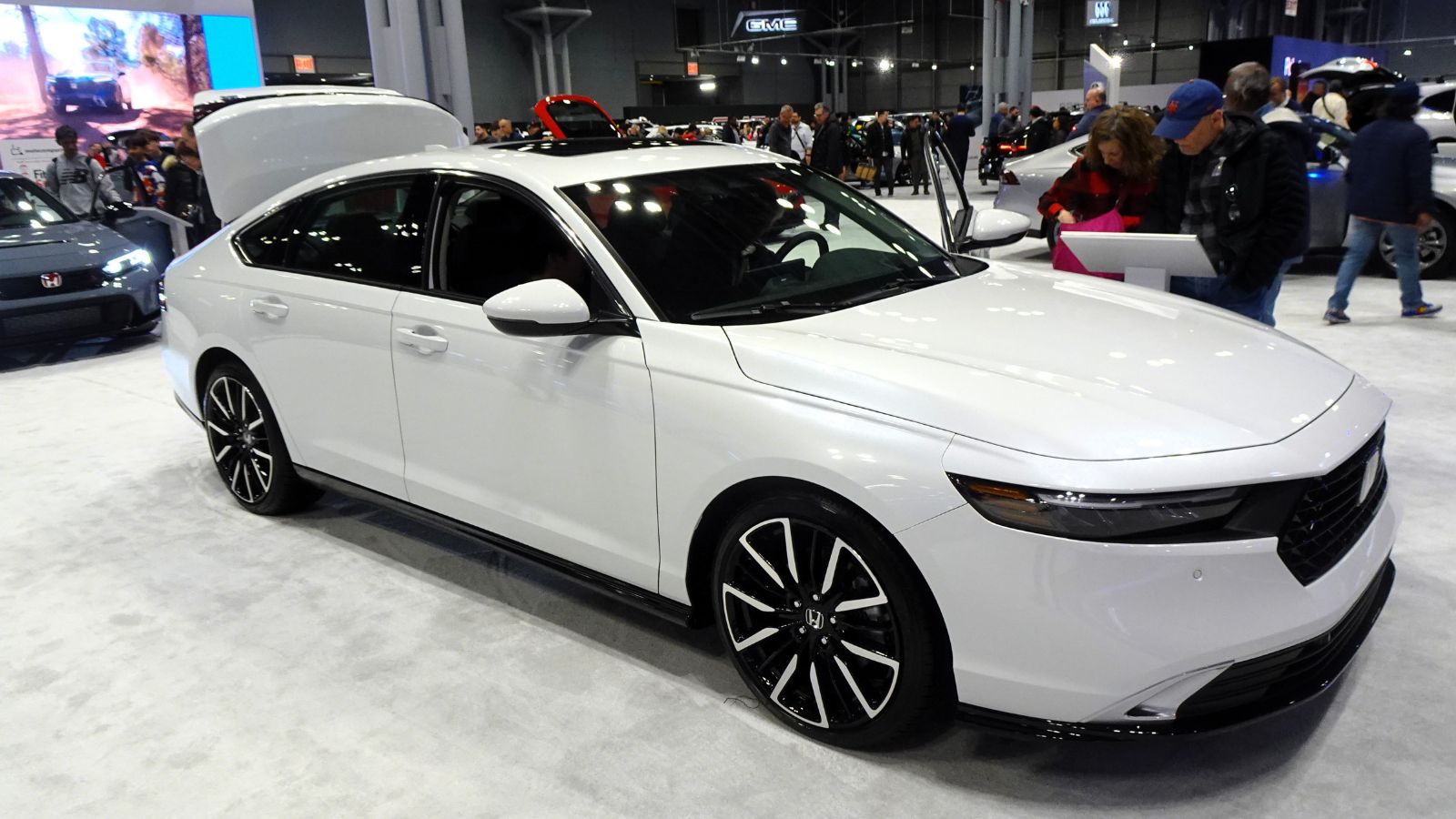
Hybrids usually cost more than comparable gas cars. It can take years of driving to make back the difference in fuel savings. For Canadians who don’t put on a lot of mileage, the math often doesn’t work out in favor of a hybrid.
Less Cargo and Cabin Space
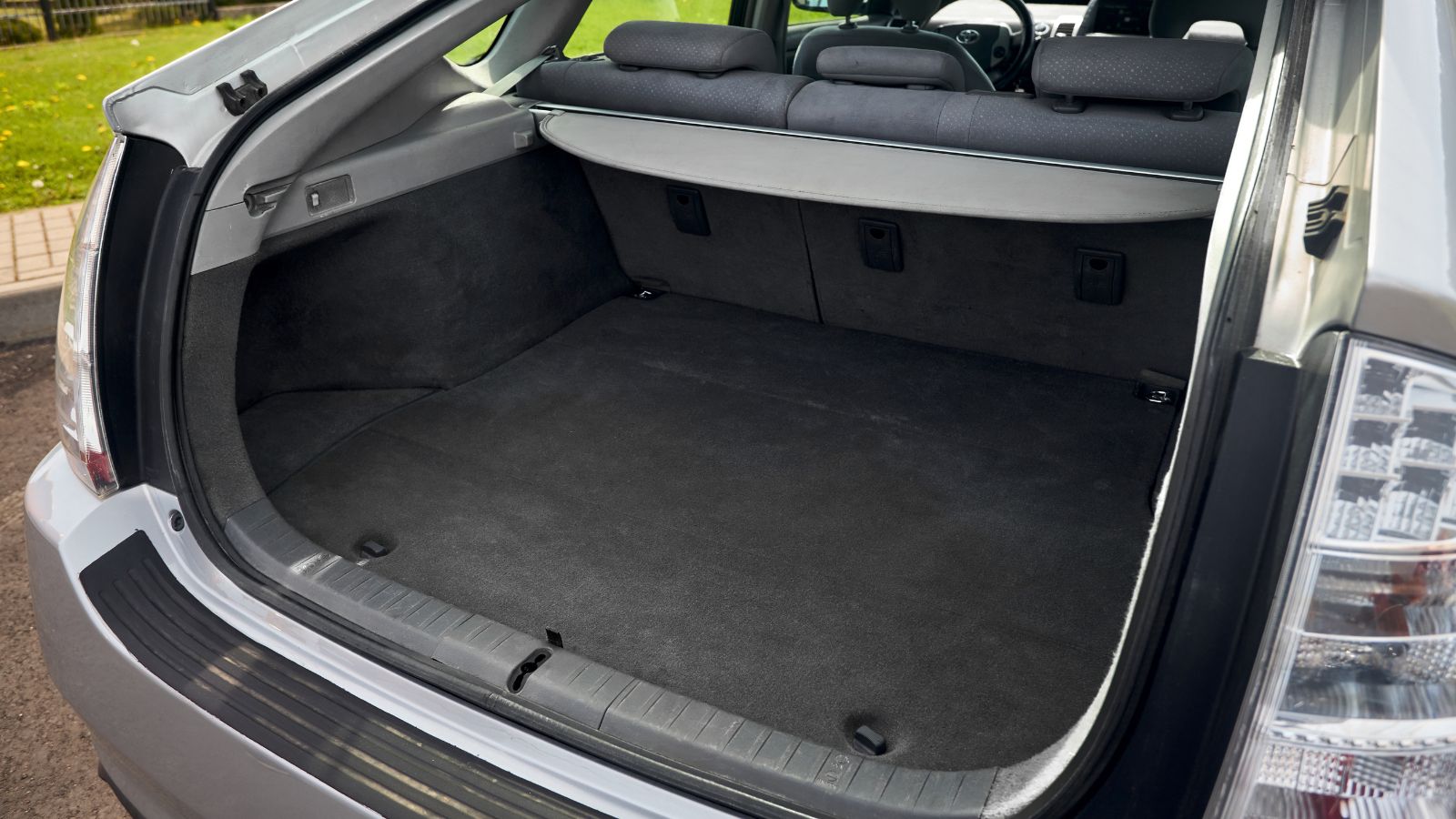
Batteries and electric components often eat into cargo areas or under-seat storage. Families who need every bit of space quickly realize hybrids sometimes sacrifice practicality in the name of efficiency.
Dull Driving Experience

Most hybrids prioritize efficiency over excitement. Continuously variable transmissions, which are common in hybrids, often make acceleration feel sluggish and uninspiring. For drivers who value the thrill of the road, this is a major letdown.
Battery Replacement Costs
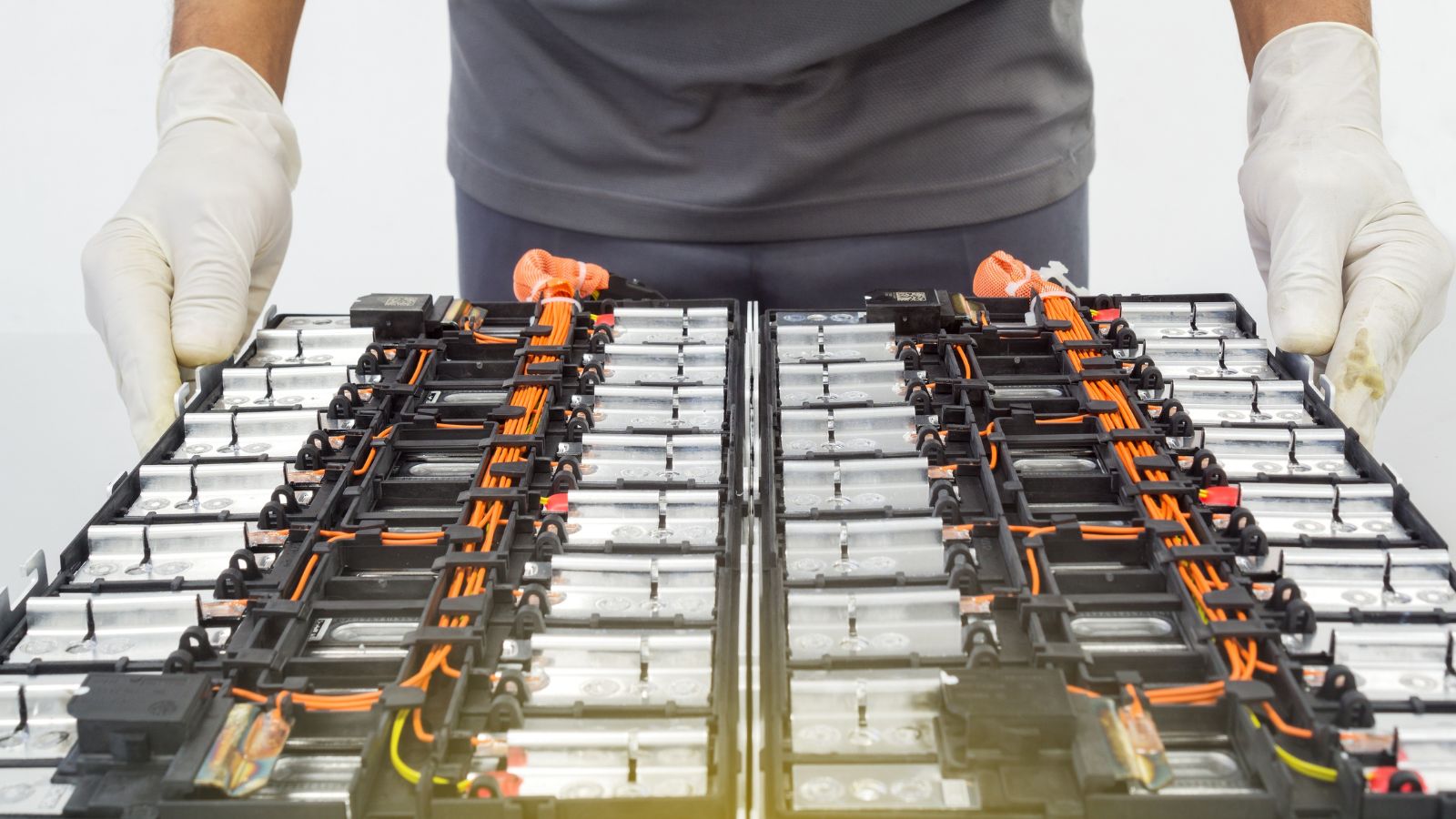
Hybrid batteries may be smaller than EV packs, but they still cost thousands of dollars to replace. For older hybrids, the expense can easily exceed the value of the car, leaving many owners facing tough decisions when things fail.
Winter Efficiency Drops

Canadian winters take a toll on hybrid efficiency. Cold weather reduces the effectiveness of the battery, forcing the gas engine to do more work. This means the advertised fuel savings often disappear once the temperature plummets.
Uncertain Long-Term Durability
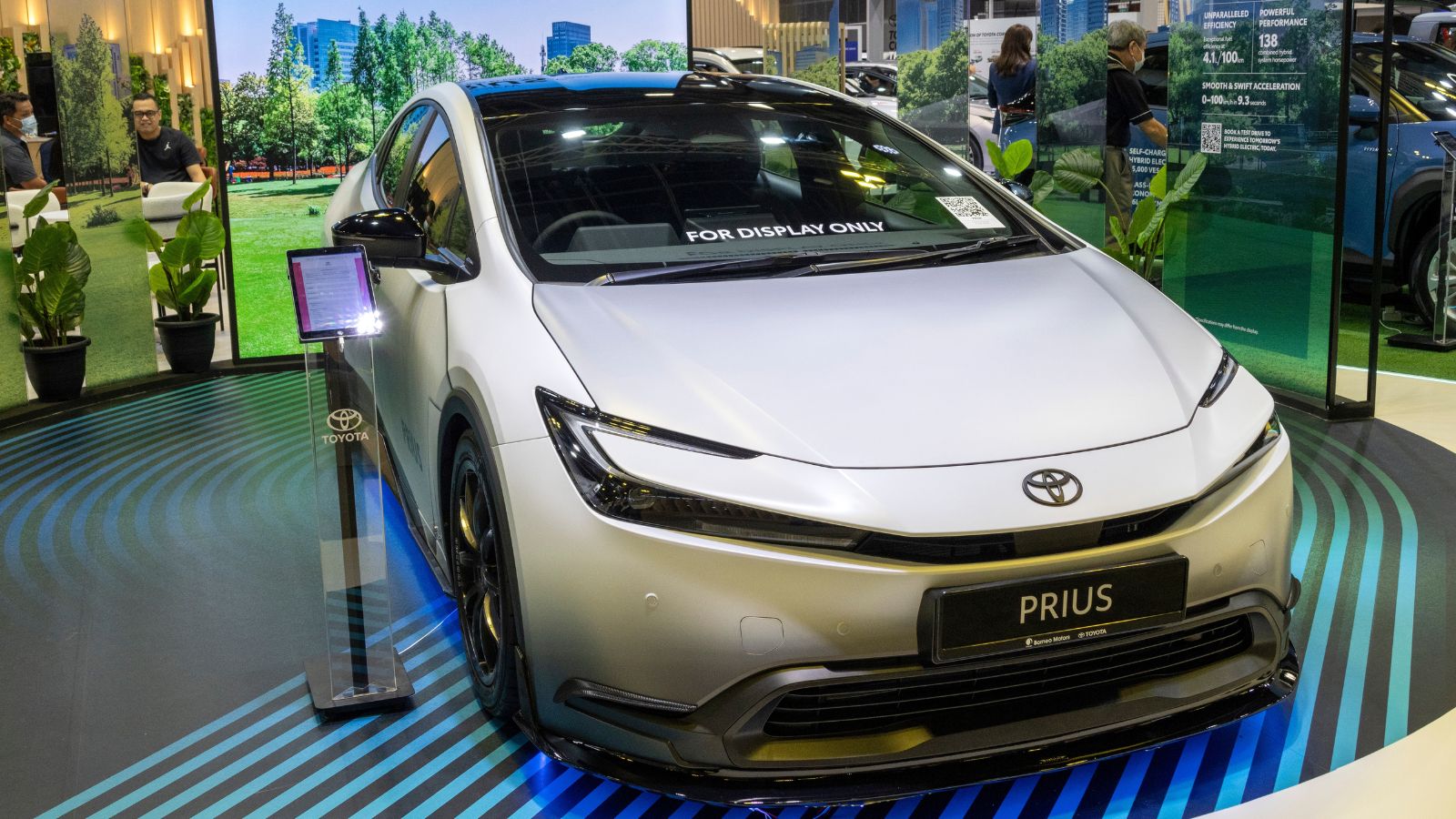
While some hybrids, like those from Toyota, have proven remarkably reliable, not every brand has the same track record. Newer hybrid systems may not age as gracefully, leaving owners with unexpected repair bills.
Resale Value Concerns

Hybrids don’t always hold their value as well as buyers hope. Potential secondhand buyers worry about aging batteries and high repair costs, which can make resale prices softer compared to traditional vehicles.
The Reality Check

EVs and hybrids represent impressive progress in automotive technology, but they’re not perfect solutions. For Canadians, who face long commutes, bitter winters, and limited charging infrastructure outside major cities, the downsides are very real. From range anxiety and high purchase costs with EVs to compromised practicality and battery worries with hybrids, these are the challenges rarely mentioned in glossy ads. They don’t necessarily make EVs or hybrids bad choices, but they do mean buyers should weigh the realities against the hype before making the switch.
25 Facts About Car Loans That Most Drivers Don’t Realize

Car loans are one of the most common ways people fund car purchases. Like any other kind of loan, car loans can have certain features that can be regarded as an advantage or a disadvantage to the borrower. Understanding all essential facts about car loans and how they work to ensure that you get the best deal for your financial situation is essential. Here are 25 shocking facts about car loans that most drivers don’t realize:
25 Facts About Car Loans That Most Drivers Don’t Realize
